The motto "Viam meam persequor", i.e., "I go my own way", can be read in the coat of arms of Count Lajos Batthyány, who became a leading politician and leader of the reform opposition. The words he chose hide a solid, self-aware person, destined for a leadership role, and his motto also suggests self-respect and a sense of responsibility.
This personal path in everyday, practical life was connected to many places in Hungary, which included Pest, a city on the left bank of the Danube that had already become the centre of political life at the time in the 1840s. There were several notable locations in the city that the lord visited many times.
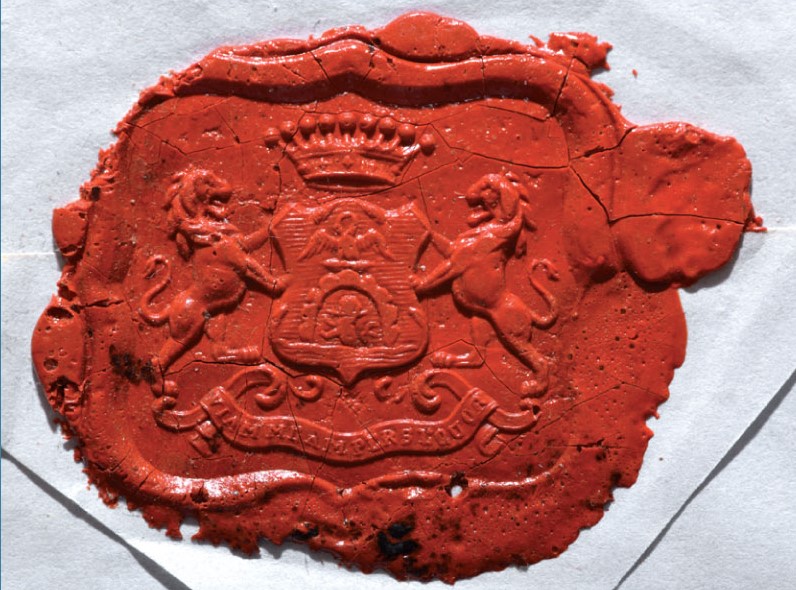
Coat of arms seal of Lajos Batthyány, with the inscription: "Viam meam persequor" (Source: panels of the exhibition "A MAGAM ÚTJÁT JÁRTAM" ["I WALKED MY OWN PATH"] at the Hungarian National Archives)
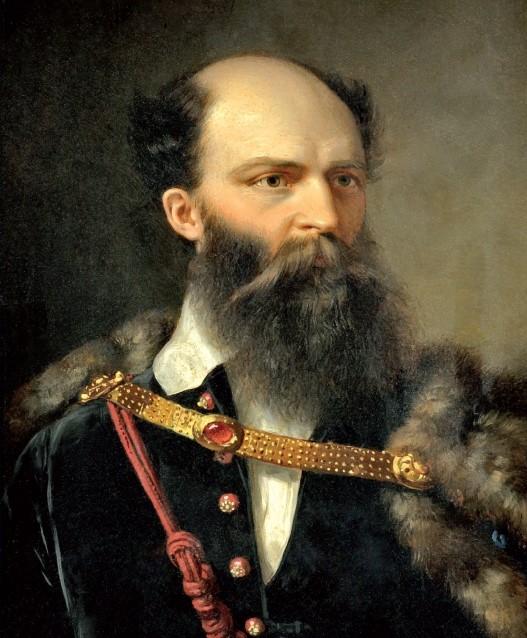
Count Lajos Batthyány (painting by Miklós Barabás) (Source: panels of the exhibition "A MAGAM ÚTJÁT JÁRTAM" at the Hungarian National Archives)
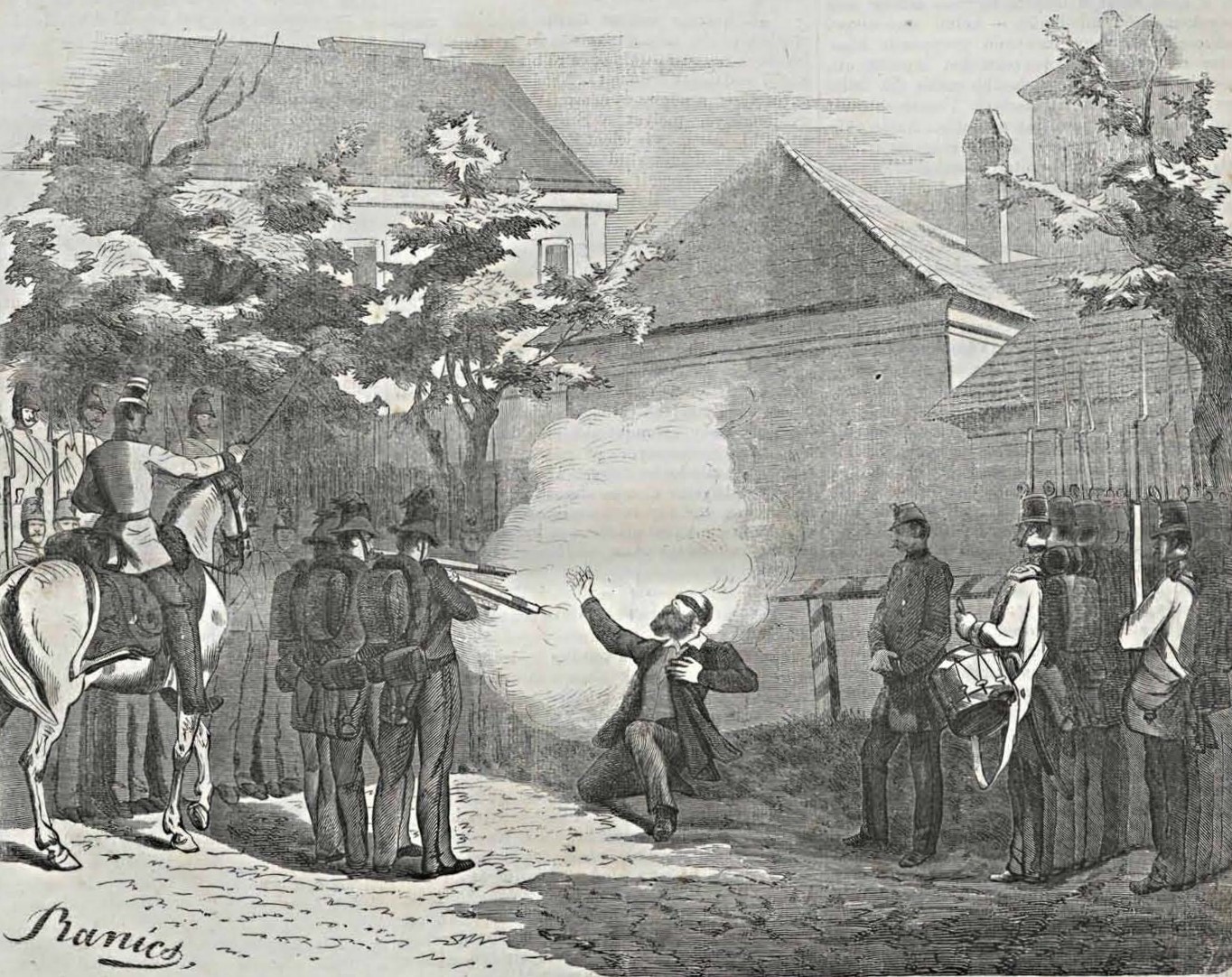
The execution of Lajos Batthyány in the yard of the New Building. In this place today, an eternal flame preserves the memory of the prime minister (Source: Vasárnapi Ujság, 5 June 1870)
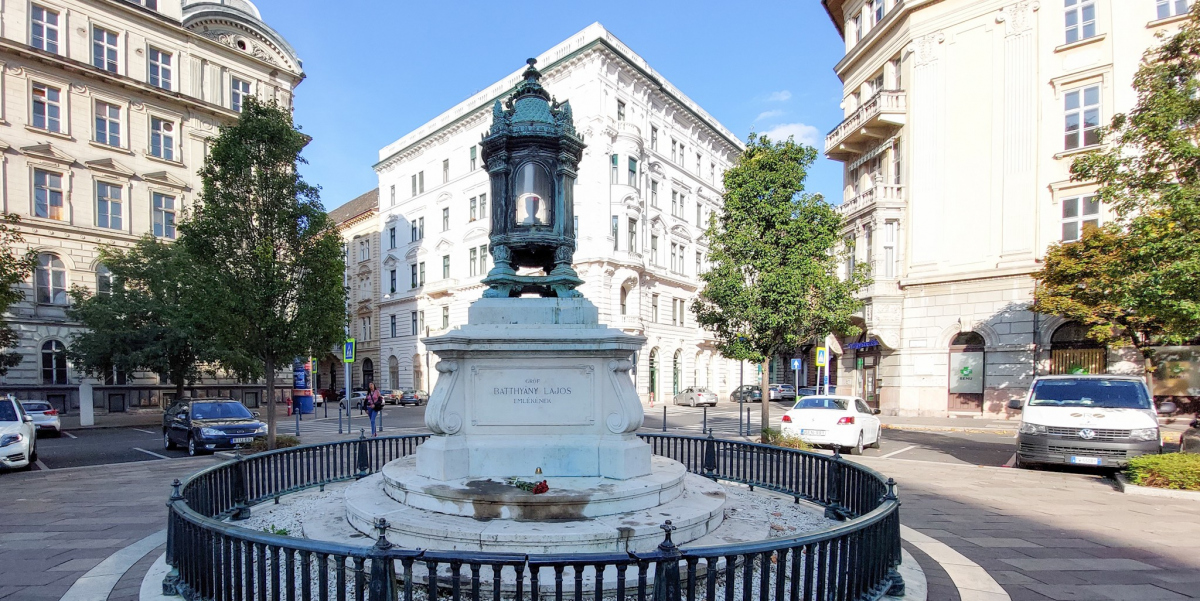
The Batthyány Eternal Flame is on the square at the junction of Hold Street, Báthory Street and Aulich Street. This was once the area of the New Building, which served military purposes (Photo: Balázs Both/pestbuda.hu)
In the 1839-1840 parliament held in Pozsony [today's Bratislava], Batthyány became the leader of the main opposition. Together with István Széchenyi, they founded the small casino gathering opposition nobles, where Batthyány, thanks to his personality and authority, was able to sufficiently assert his influence outside the parliamentary scene. The parliament ended in the summer of 1840, and members of the main opposition left the coronation city, Pozsony [Bratislava], which was still officially the capital at the time.
Batthyány envisioned further organising and keeping the opposition together in Pest, where political life began to concentrate thanks to Széchenyi and Kossuth. Therefore, in the fall of 1840, he rented the Cziráky Palace, which was located on the corner of Hatvani (today's Kossuth Lajos) and Szép Streets, where in the 1840s not only a lively exchange of political ideas took place, but also a lively social life thanks to Batthyány's wife, Countess Antónia Zichy, who was brought up in the Hungarian national sentiment.
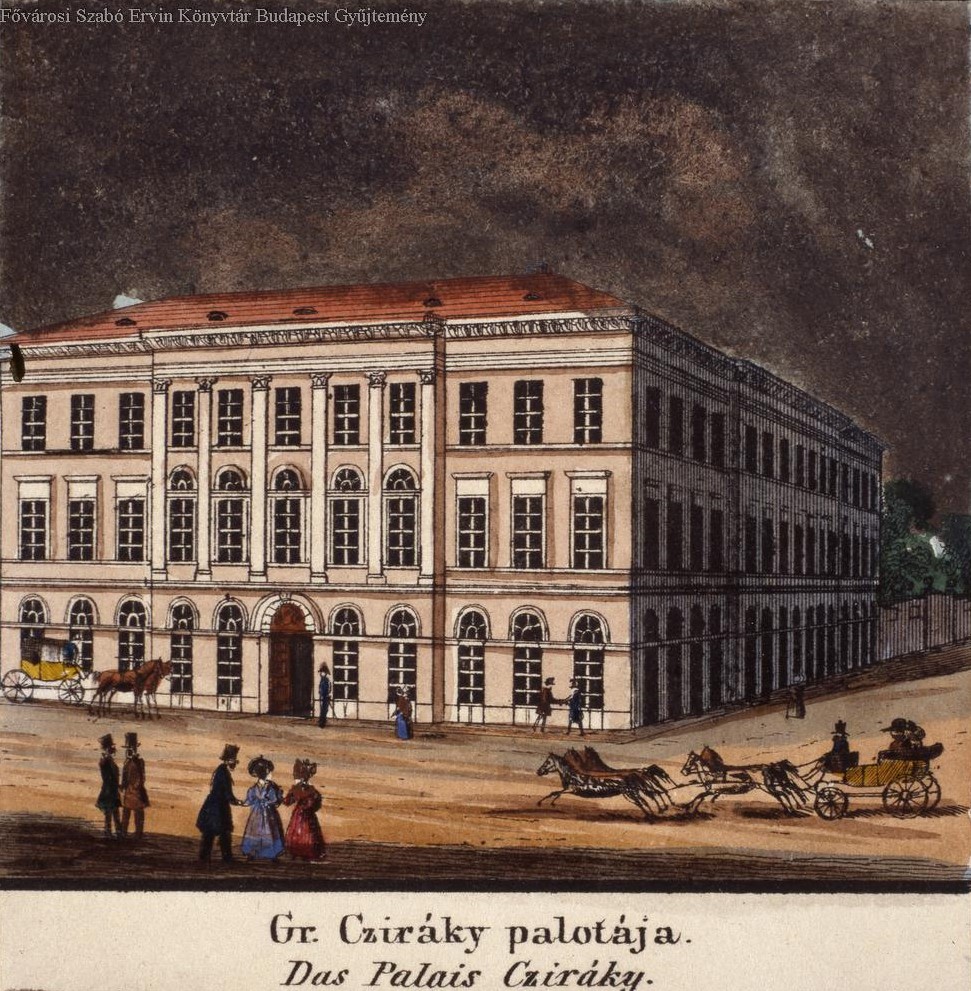
The Cziráky Palace was the residence of Lajos Batthyány in Pest in the 1840s (graphic by Carl Vasquez) (Source: FSZEK Budapest Collection)
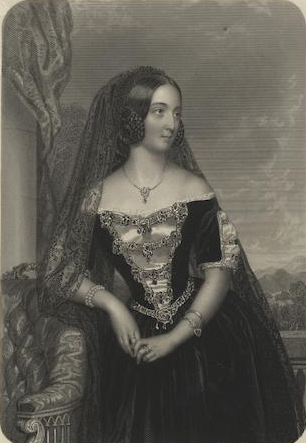
Lajos Batthyány's wife, Countess Antónia Zichy was a central figure in the social events organised in the Cziráky Palace (steel engraving by Miklós Barabás) (Source: Hungarian National Museum, TK Graphic Collection, Ref. No. 887)
The Cziráky Palace was also close to the National Theatre, the stronghold of Hungarian theatre and culture at the time, located at the corner of Kerepesi (now Rákóczi) Road and Országút (now Múzeum Boulevard), the two buildings were not even five minutes apart. Between October 1845 and March 1848, the count rented booth no. 28 of the theatre, which also meant financial support for the institution, which plays an important role in domestic cultural life.
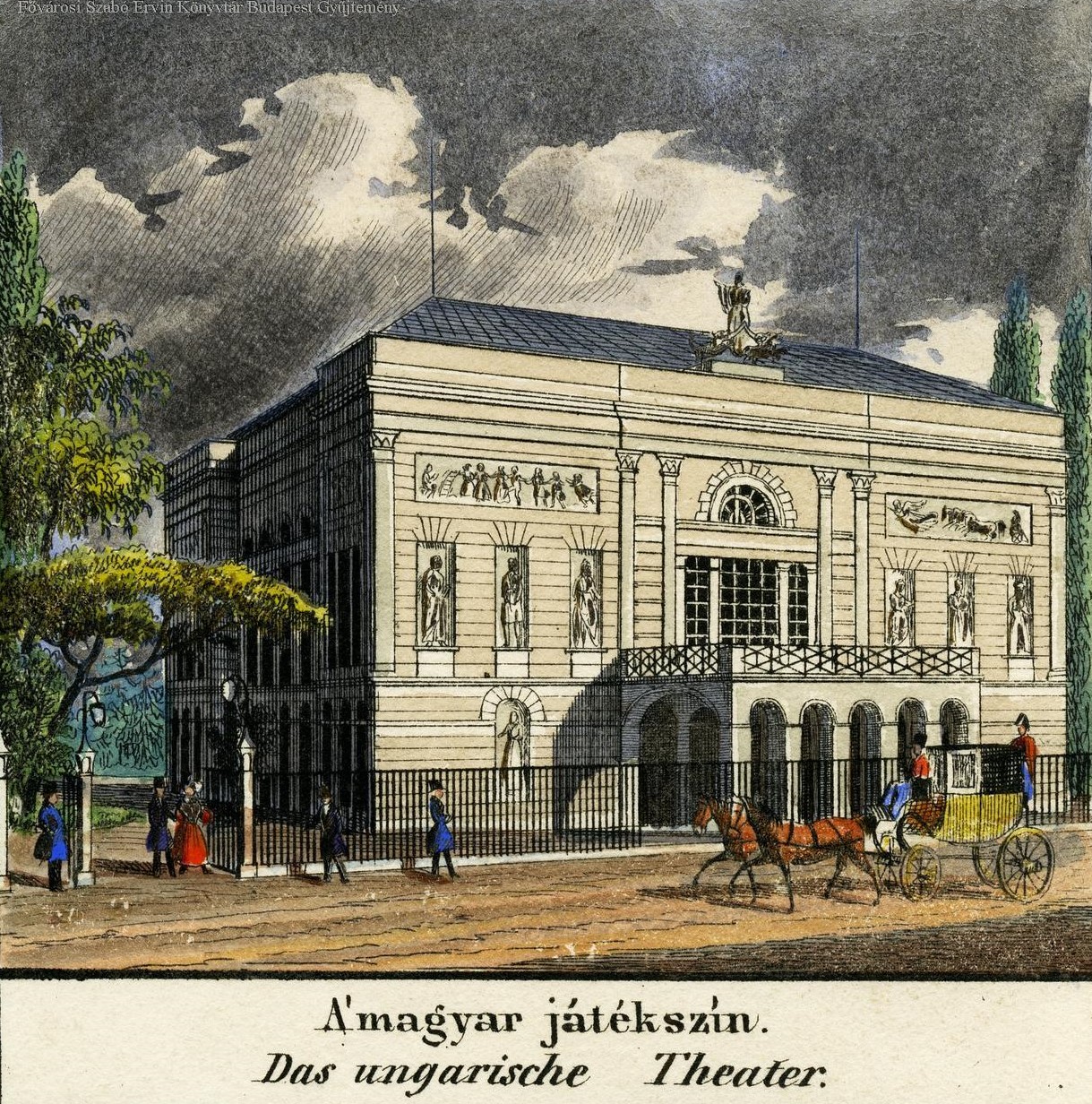
Lajos Batthyány rented the booth in the National Theater built in 1837 between 1845 and 1848 (graphic by Carl Vasquez) (Source: FSZEK Budapest Collection)
It is a strange game of life that in the second half of the 19th century, Lajos Batthyány's downtown accommodation, the Cziráky Palace, became the building of the National Casino founded by Széchenyi, which Batthyány himself frequently visited in the 1840s, and between 1841 and 1848 became the regular place of his stay in Pest.
The Casino during the lifetime of Batthyány was based at the Pest bridgehead of Chain Bridge, on the south side of Kirakodó Square (today's Széchenyi István Square), and operated in the upstairs premises of the Pest Chamber of Commerce, designed by József Hild. The Casino moved to the Cziráky Palace in 1859, which they only rented at that time, they only bought the building twenty years later, in 1871.
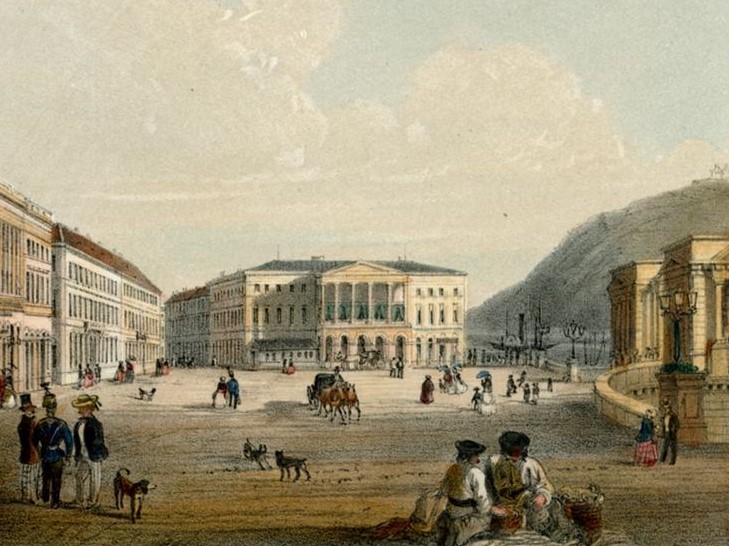
Lajos Batthyány's headquarters in Pest: the Pest Chamber of Commerce building on Kirakodó Square, where the National Casino operated (part of Rudolf Alt's graphic from 1846) (Source: FSZEK Budapest Collection)
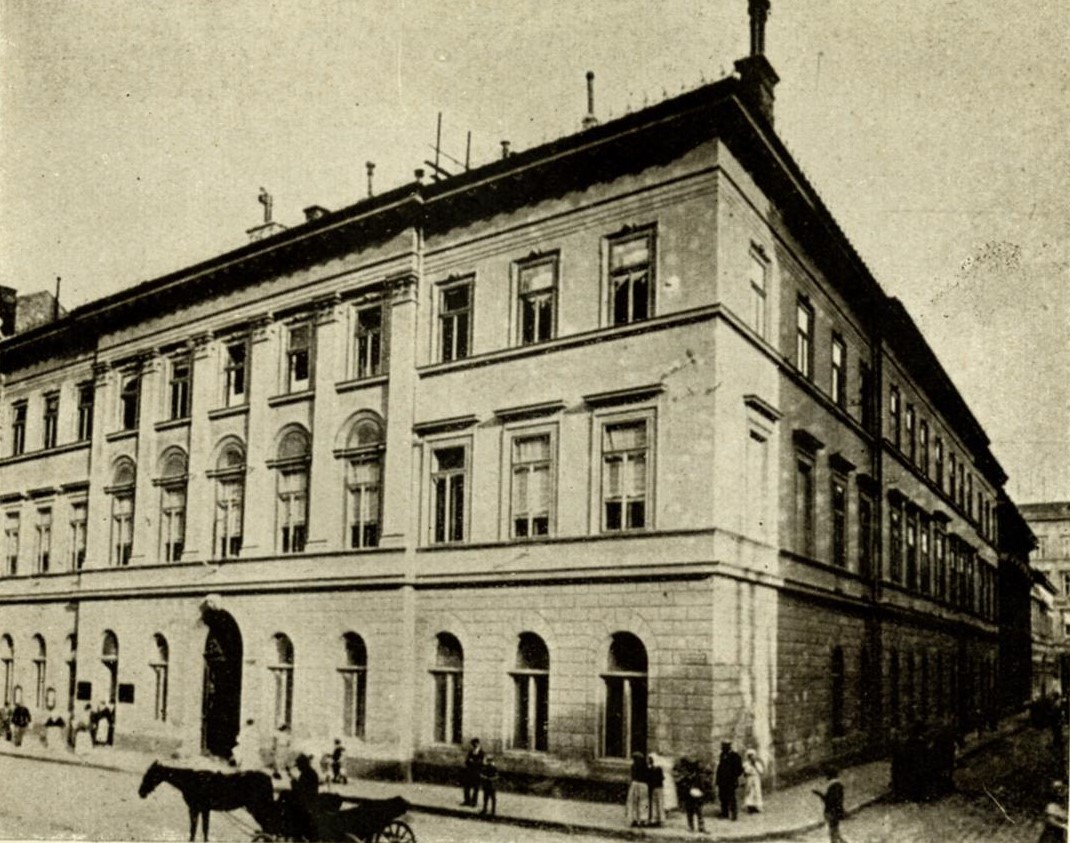
In 1859, the National Casino moved to the former Cziráky Palace, where Lajos Batthyány once lived (Source: FSZEK Budapest Collection)
Lajos Batthyány sympathised at first with Széchenyi in the debate between the two prominent politicians of the reform era, Széchenyi and Kossuth, as he felt the "greatest Hungarian" closer to him from a social point of view. Over time, however, they drifted apart, and Batthyány rather agreed with Kossuth's political views. They got to know each other at the County Hall in Pest, at the industrial association's general assembly held there on 13-14 November 1841. Later, the count also actively supported Kossuth in political life. He threw all his authority and a considerable amount of money into the 1847 election campaign for Kossuth to be elected as representative of the county of Pest. In fact, the lord even personally campaigned for this.
Kossuth thought about organising an Industrial Association in order to support the domestic industry, and he first turned to István Széchenyi to head the initiative, but the lord of Cenk rejected this request. The association was nevertheless established, and Lajos Batthyány also joined the company. For the first time, the count performed the duties of president of the association at the committee meeting on 6 June 1842.
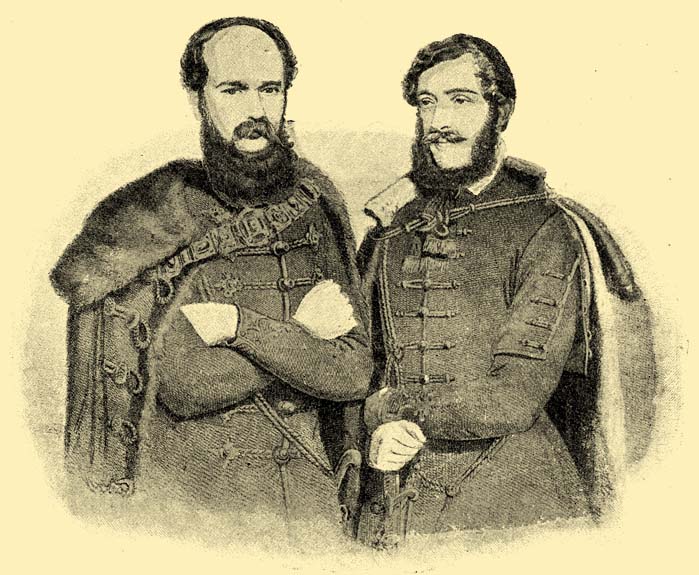
Lajos Batthyány and Lajos Kossuth held similar political views (contemporary engraving of Tyroler after Weber's drawing) (Source: OSZK MEK, DKA-006160)
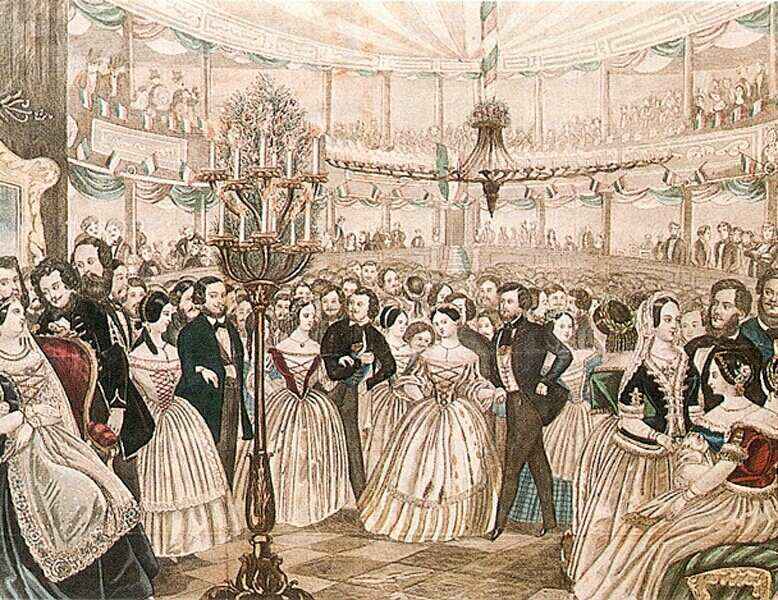
The Védegylet [Defense Association] ball in Pest in 1845. The third man from the left is Lajos Batthyány, and the second man from the right is Lajos Kossuth (Source: A magyarok krónikája [Chronicle of the Hungarians]. Edited by Ferenc Glatz, Budapest, 1995)
Three months later - thanks to Kossuth's personal initiative - the first Hungarian Crafts exhibition took place in the halls of Redout (predecessor of today's Vigadó). The event was opened on 25 August by Lajos Batthyány and featured more than 200 exhibitors with around 300 objects. The success of the exhibition is indicated by the fact that four years later, 516 exhibitors took part in a similar event of the Industrial Association, which was organised for the third time, this time at the National Museum. This event was also opened by Lajos Batthyány on 11 August 1846.
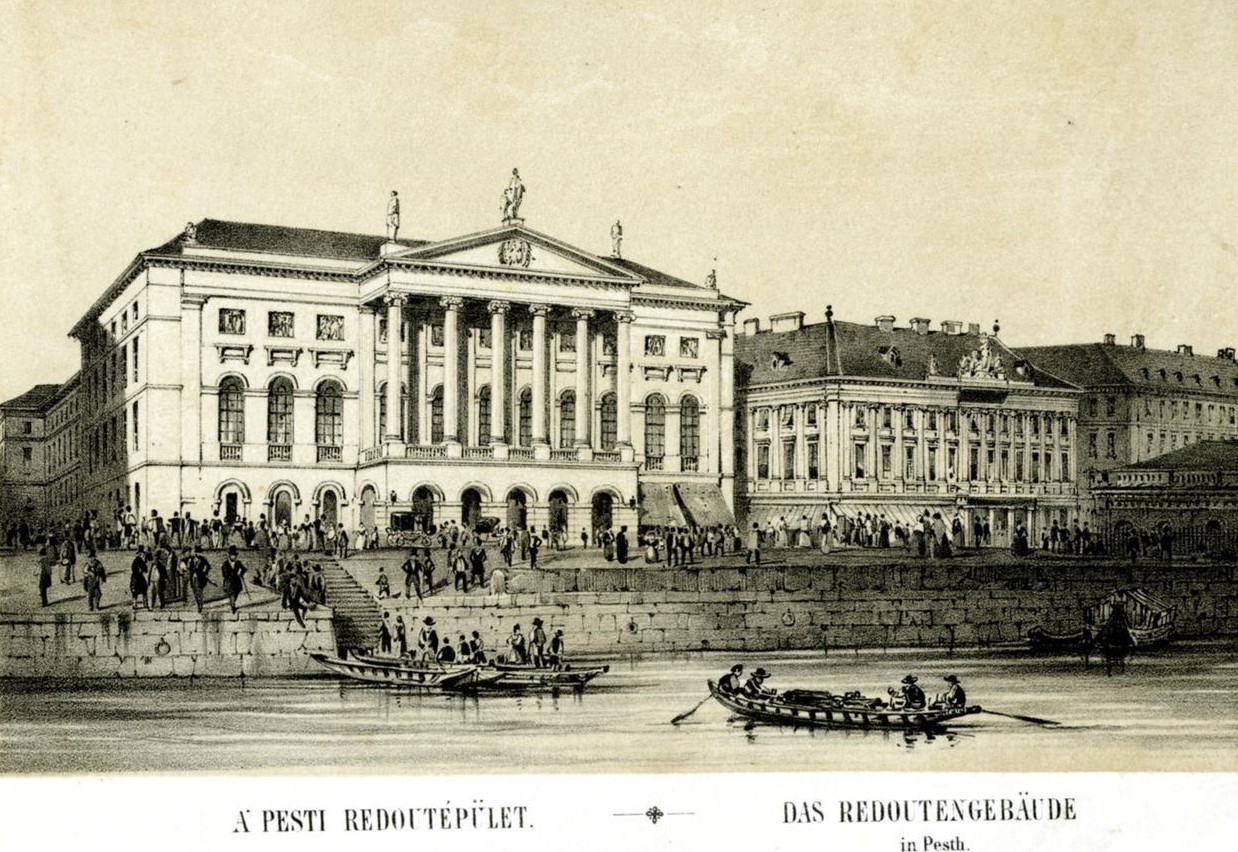
The first Hungarian Industrial Exhibition held in the Redoute building in Pest was opened by Lajos Batthyány on 25 August 1842 (Source: FSZEK Budapest Collection)
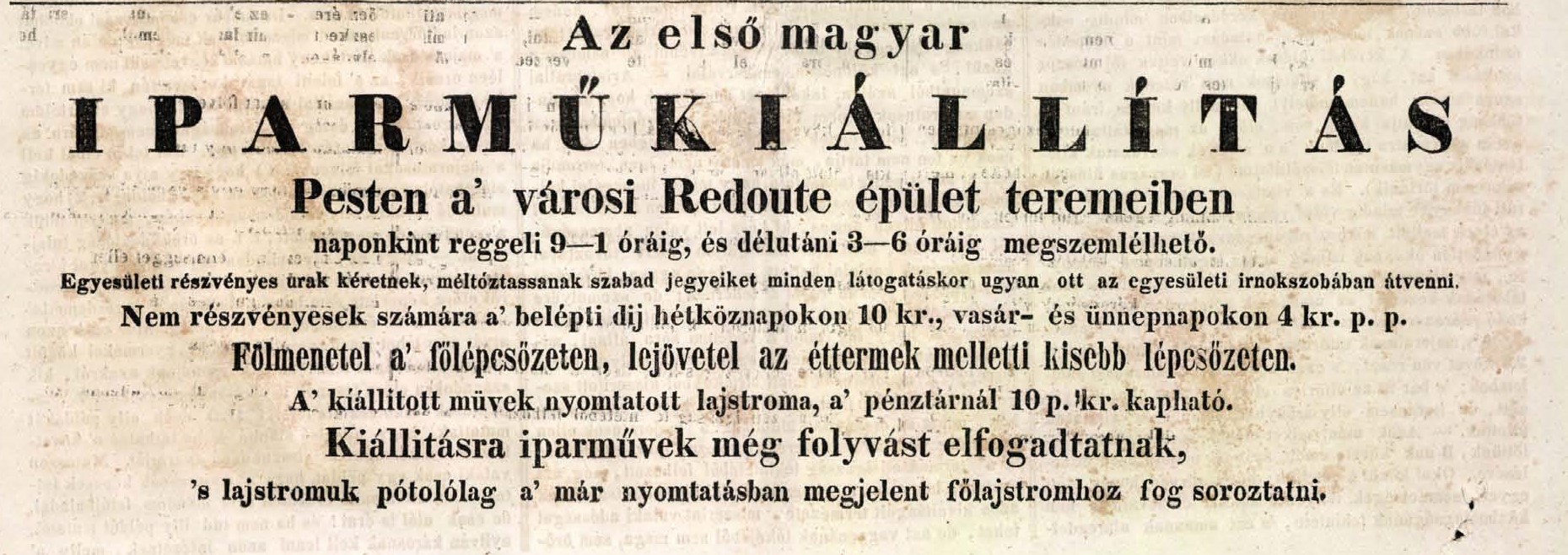
Advertisement of the first Hungarian Industrial Exhibition in the 28 August 1842 issue of the Pesti Hírlap
On 18 December 1842, Batthyány, as the president of the Industrial Association, appealed to the County of Pest to let the general assembly hall of the County Hall located in Vármegye Street in Pest be used to host the award ceremony of the first Hungarian Industrial Exhibition. The county gave in to the lord's request and the event took place on 26 December 1842, and the awards were presented by the president, Lajos Batthyány.
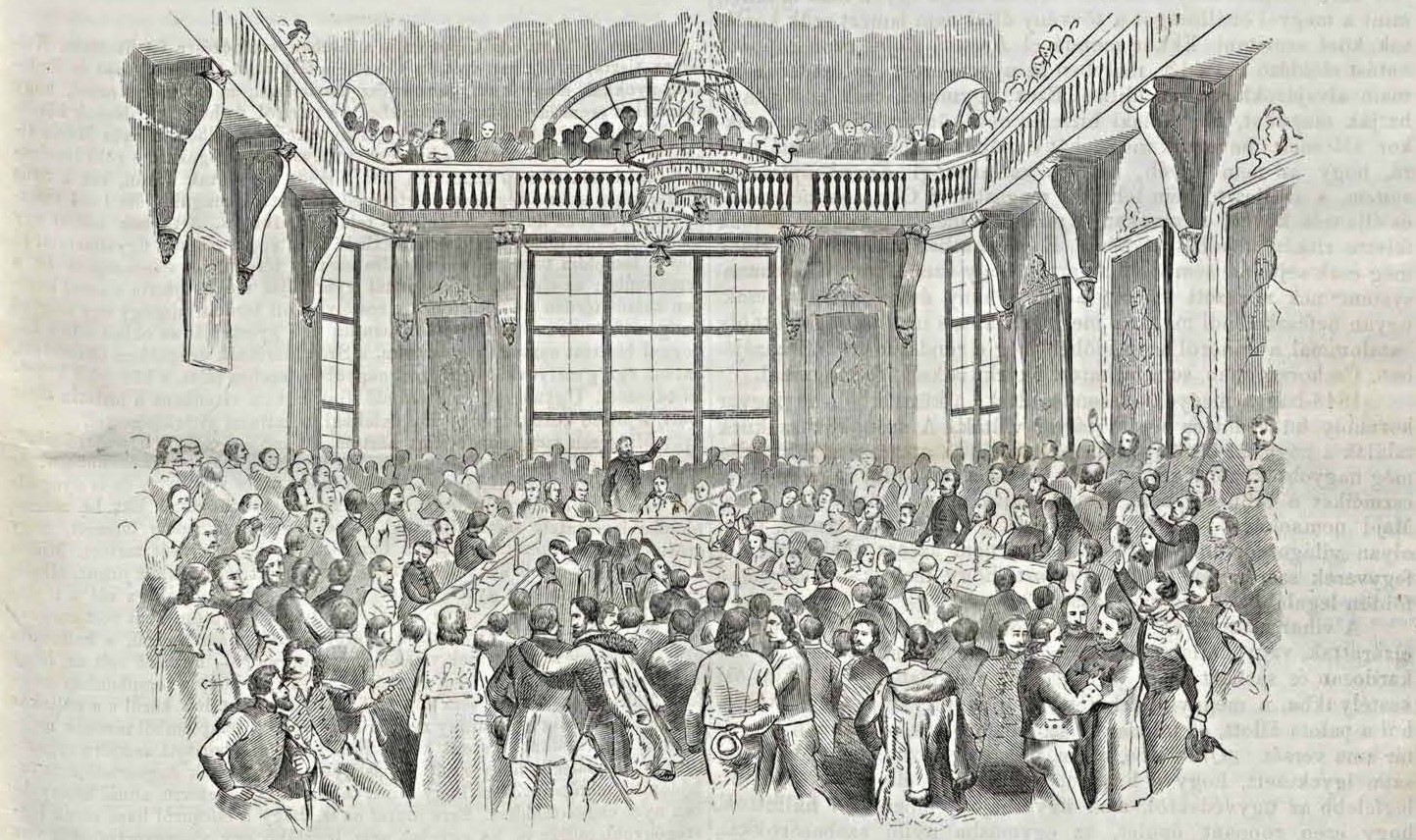
Lajos Batthyány handed out the awards of the first Hungarian Industrial Exhibition on 26 December 1842, in the assembly hall of the County Hall in Pest (Source: Vasárnapi Ujság, 20 January 1861)
However, the County Hall in Pest was not only an important location in Batthyány's life from this point of view. Between 1845 and 1847, the count, who became the leader of the liberal opposition in the mid-1840s, participated several times in the county assemblies, which were also held in the building's ceremonial hall.
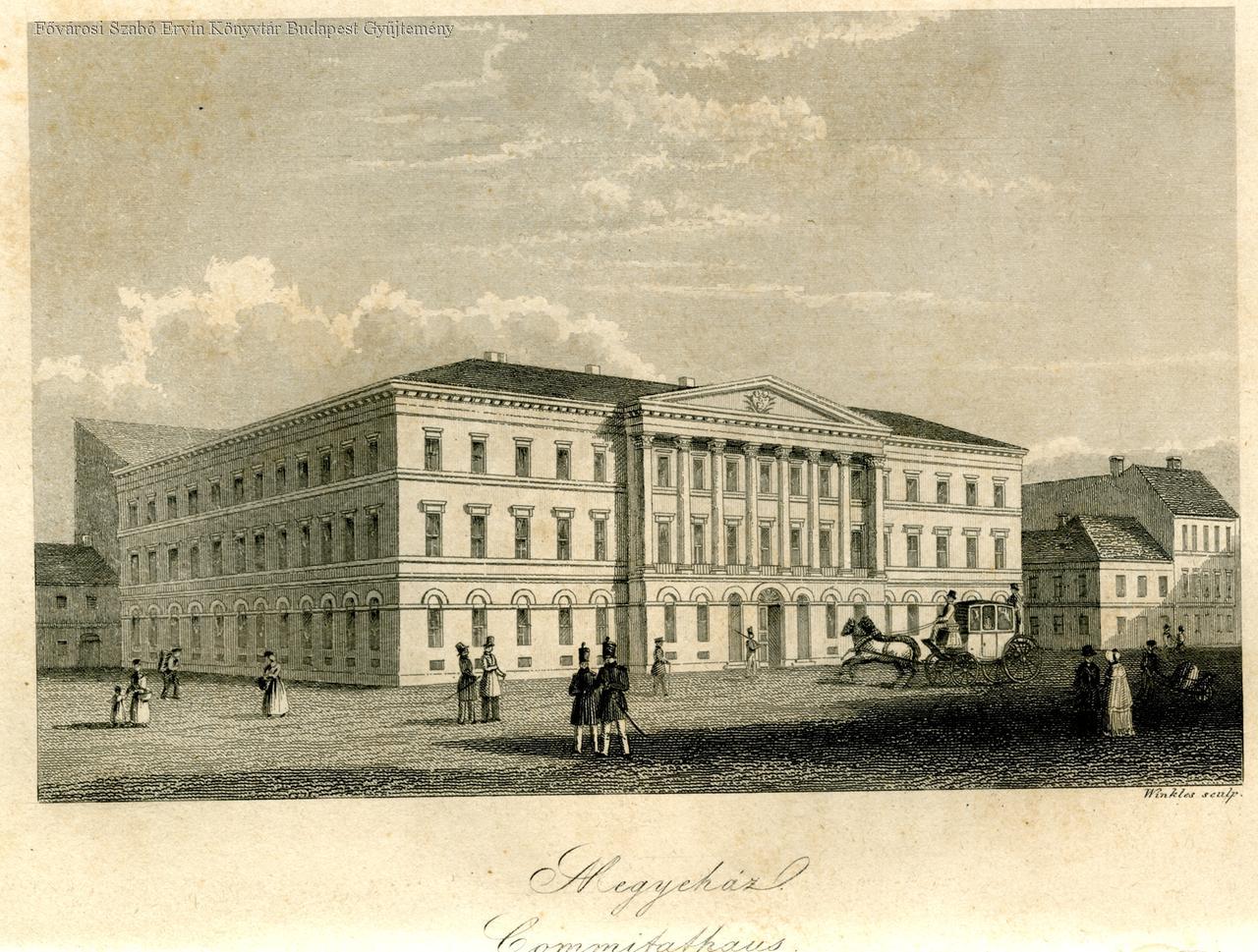
The County Hall in Pest was an important place in the life of Lajos Batthyány several times (graphic by Henry Winkles from 1845) (Source: FSZEK Budapest Collection)
Starting in 1843, Batthyány assumed a key role in the management of more and more social associations and entrepreneurial companies, which were founded on the initiative of Lajos Kossuth, and which were the practical results of the unification of social interests advocated by Kossuth. Batthyány's association memberships promised benefits for both parties. The association benefited from the nobleman's leadership, as they gained a greater and more secure financial base and social respect thereby, and Batthyány gained greater social recognition and influence through his association membership and became a well-known and popular person not only in his own social stratum, the circles of the magnates but also among the social groups below them.
Cover photo: The execution of Lajos Batthyány in the yard of the New Building. Today, an eternal flame keeps the memory of the politician, who had a tragic fate (Source: Vasárnapi Ujság, 5 June 1870)

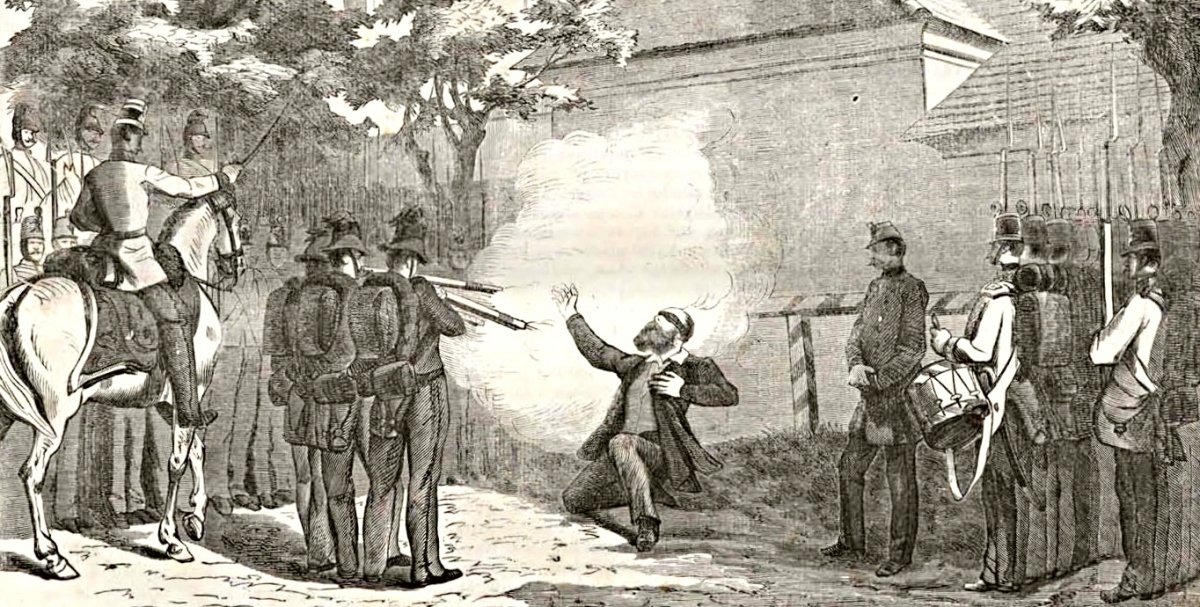


































Hozzászólások
Log in or register to comment!
Login Registration